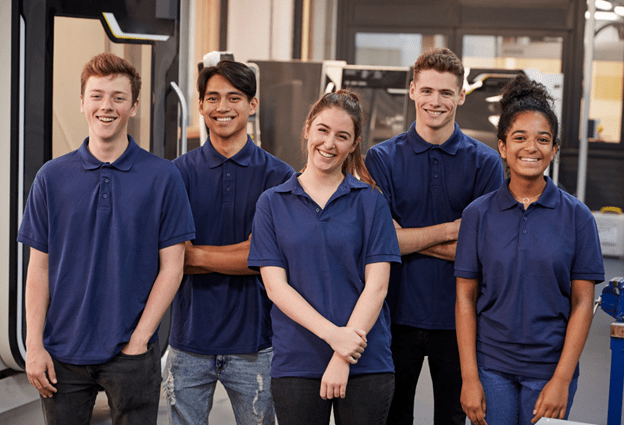The UK Health and Safety Executive (HSE) reported that falls from height were the primary cause of workplace fatalities in 2022/23, resulting in the loss of 40 lives. Beyond these tragic deaths, many more will have suffered injuries such as broken bones and bruises, which are common consequences of falling from height.
To mitigate the risks associated with working at height, IPAF (International Powered Access Federation) offers training courses that promote safe practices in the workplace. These courses are crucial for anyone who operates Mobile Elevated Work Platforms (MEWPs), works on scaffolding, or uses any other raised surface in their job.
The courses cover a range of topics, including proper equipment use, hazard identification, and emergency procedures. Investing in IPAF training demonstrates a commitment to employee safety and can help organisations avoid costly accidents, injuries, and legal liabilities. In this article, we’ll discuss the training in more depth and highlight how prioritising safety can benefit both workers and employers alike.
One of the best ways to prevent falls from height is to use the right equipment. Using the correct tools can ensure that you’re able to safely reach the heights needed without leaning outside of the platform. Specialist equipment can also make the job a lot easier, minimising your time working from height and helping to keep you safe.
A lot of the time, people working at height will use MEWPs to reach their desired altitude. With many of these platforms able to raise workers tens of metres up into the air, MEWP accidents can be serious and it's essential all employees required to operate MEWPs have the correct training.
This training is so important that it’s actually a legal requirement, and anyone without an operator’s licence should not be allowed to use MEWPs. Taking a specialist IPAF MEWP training course will give you the skills and accreditations you need to safely handle a MEWP and minimise the risks of working at height.
During your course, you’ll be shown how to check your equipment to ensure that the material is functional and hasn’t been damaged in any way at any point. If you do spot any problems or defects, you should report them immediately. Getting to know your equipment is an important part of learning to work safely at height.
As well as giving your equipment a thorough once over, you’ll learn how to check the area you’re working in for any hazards. Possible issues could include overhead power cables, low roofs, vehicles and doorways. Spotting dangers in your surroundings is an effective way to reduce risk and can help to prevent serious accidents and injuries in the workplace.
Done properly, working at height should be safe and secure. Taking an IPAF training course will teach you how to protect yourself and others and keep your workplace incident-free. To find out more, or to book your IPAF training, get in touch with a member of our team today.
Image Source: Canva
These Related Stories



No Comments Yet
Let us know what you think